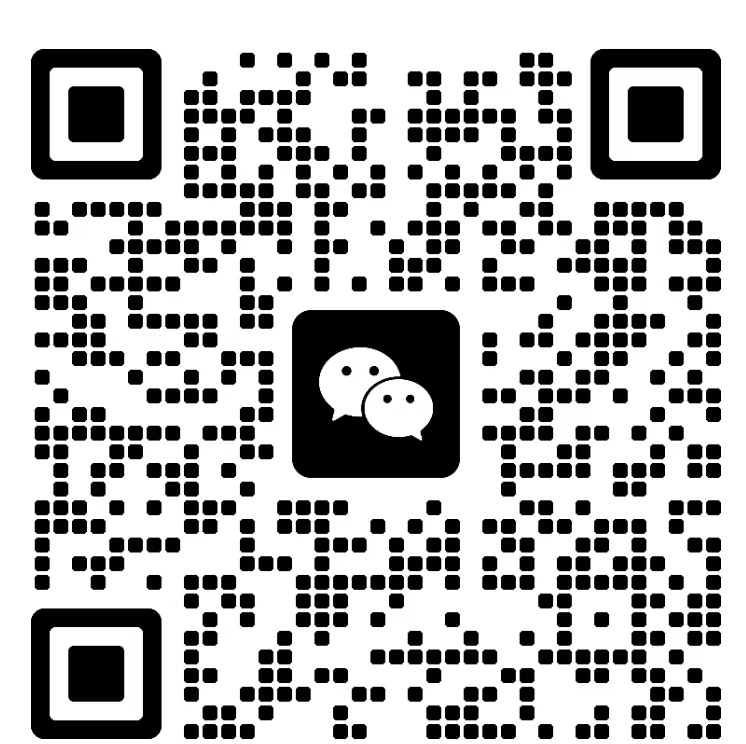- online service
- 008613660894121
- sales@vtonlite.com
-
We chat

Dynamic Stage Lighting Integration: Synchronizing Fixtures with Rotating Platforms
When stage designs incorporate rotating platforms or turntables, lighting systems must adapt to maintain consistent illumination, visual continuity, and performer safety. Unlike static stages, moving elements introduce challenges such as shifting shadows, cable management, and precise cue synchronization. A well-planned installation ensures lights track platform motion seamlessly while avoiding technical glitches. Below, we explore strategies for aligning lighting with rotating stage equipment.
Assessing Platform Mechanics and Lighting Requirements
Begin by analyzing the rotating platform’s specifications, including its speed, direction, and weight capacity. Determine whether the platform rotates continuously or in discrete intervals, as this affects how lights must follow movement. For example, a slow, continuous spin may require gradual dimming transitions, while intermittent stops demand abrupt cue changes.
Identify key areas on the platform that need illumination, such as performer zones, set pieces, or interactive elements. Prioritize fixtures that can project light evenly across the rotating surface without creating distracting patterns. Avoid placing lights too close to the platform’s edge to prevent collisions during rotation, and ensure cables have sufficient slack to accommodate movement without tangling.
Choosing Lighting Fixtures with Motion-Tracking Capabilities
Select fixtures that offer adjustable pan and tilt functions or motorized heads to follow platform rotation dynamically. Moving heads or automated spotlights are ideal for this purpose, as they can reposition beams in real time via DMX or networked control systems. For platforms with irregular shapes, use fixtures with zoom lenses to maintain focus as the distance between light and target changes.
If budget or equipment limitations prevent automated tracking, consider static fixtures positioned around the platform’s perimeter. These can be programmed to activate in sequences that mimic rotation, creating the illusion of continuous illumination. For example, a series of LED bars arranged in a circle might fade on and off to simulate a moving light ring.
Programming Lighting Cues to Match Platform Movement
Use lighting consoles to map cues to the platform’s rotational timeline. Input the platform’s speed and direction into the console’s timecode or MIDI triggers, ensuring lights adjust their intensity, color, or position in sync with physical motion. For complex sequences, break down movements into smaller segments and assign corresponding lighting states to each phase.
Test cues during rehearsals to refine timing and eliminate delays. A platform that accelerates or decelerates unexpectedly may throw off lighting transitions, so adjust cue durations to account for inertia. If the platform stops abruptly, program lights to reset instantly to avoid leaving performers in darkness or glare.
Managing Cables and Power for Moving Fixtures
Rotating platforms complicate cable routing, as wires must stretch and retract without snagging or disconnecting. Use flexible, reinforced cables designed for motion applications, and secure them to the platform’s underside or central axis with strain relief clamps. Avoid running cables across the platform’s surface, where they could trip performers or interfere with set pieces.
For fixtures mounted directly on the platform, install slip rings or rotary connectors to maintain uninterrupted power and data transmission during rotation. These devices transfer electrical signals through a rotating interface, eliminating the need for coiled cables that can wear out over time. Regularly inspect connections for signs of wear, such as frayed insulation or loose fittings.
Preventing Light Spill and Shadow Distortion
As the platform rotates, lights positioned at fixed angles may cast uneven shadows or create unintended highlights on surrounding scenery. Use barn doors, flags, or top hats to shape beams and limit spill onto non-target areas. For example, a followspot tracking a performer on the platform should avoid illuminating the stationary backdrop behind them.
Adjust fixture heights to minimize shadow interference. Lights placed too low may cast long shadows that stretch across the stage, while overly high fixtures could create flat, unflattering illumination. Experiment with angles during technical rehearsals to find the optimal balance between coverage and shadow control.
Collaborating with Platform Operators and Choreographers
Close coordination between lighting technicians and platform operators is essential for smooth performances. Share cue sheets and movement timelines with the platform team to ensure everyone understands when rotation begins, pauses, or reverses. During rehearsals, communicate in real time via headsets to troubleshoot issues like misaligned cues or unexpected stops.
Work with choreographers to design movements that complement lighting effects. For instance, a performer spinning on the platform might align with a strobe light pattern to enhance visual impact. Conversely, avoid programming lights to change rapidly during high-speed rotation, as this can disorient audiences or performers.
Testing Safety Protocols for Moving Equipment
Prioritize safety by verifying that all fixtures and cables are securely attached to the platform or surrounding structure. Conduct load tests to ensure the platform can support the weight of mounted lights without wobbling or straining its motor. Install emergency stop buttons near lighting control stations to halt platform movement instantly if a fixture malfunctions or a cable becomes entangled.
Train crew members on emergency procedures, such as how to manually override automated systems or disconnect power in case of an electrical fault. Regularly inspect the platform’s rotation mechanism for signs of wear, such as unusual noises or vibrations, and address issues before they escalate into safety hazards.
By integrating lighting systems with rotating platforms through careful planning, technical precision, and cross-team collaboration, productions can create dynamic, visually engaging performances that captivate audiences without compromising safety or reliability.
Contact: Wing
Phone: 13660894121
E-mail: sales@vtonlite.com
Whatsapp:008613660894121
Add: NO.3 Huahui Road, Huashan Town, Huadu District, Guangzhou City,China
We chat
